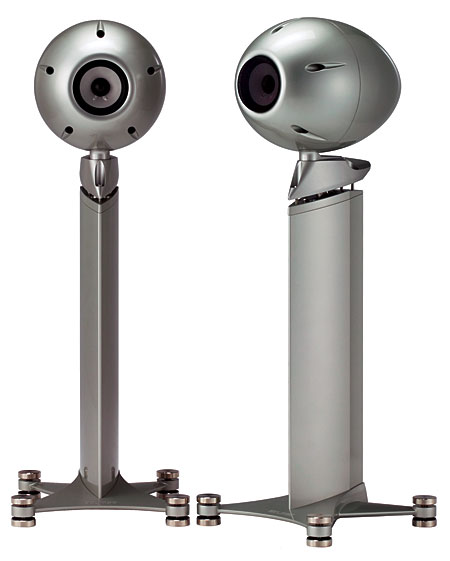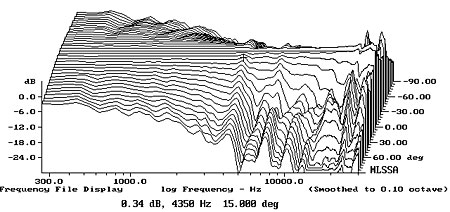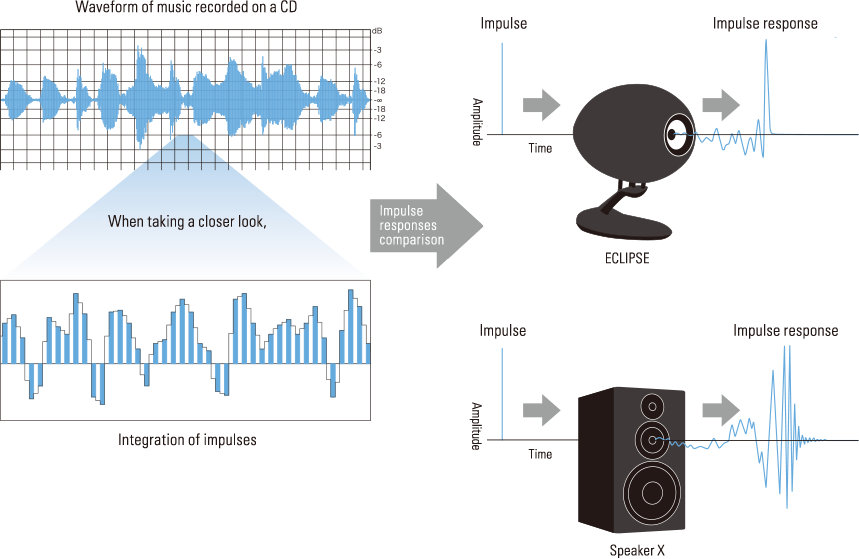Yes, you will.Nice.
So if the impulse response is perfect, you get text book frequency response?
But a little deeper digging is worthwhile...
Different usages of term "frequency response" are the source of great confusion, imo.
The common usage of frequency response often does not include the phase response.
The correct technical definition of frequency includes phase response
When people speck of frequency response and transfer functions, etc; they are almost always using the correct definition , and call common usage frequency response magnitude. Phase thank goodness, is just phase.
So freq response = both mag and phase
Here's why digging deeper matters....
If you have a perfect impulse, then you will have both perfect mag and perfect phase curves.
If you have both perfect mag and phase curves, you will get a perfect impulse.
You can have a perfect mag curve (again, the common definition of frequency response), but that does not equal a perfect impulse.
Phase must be perfect too, to have a perfect impulse.
Flat magnitude 20-20k can have almost any impulse...even ones really whacked out.....
And what other benefits appart from receiving the sound from different frequencies at the same time in your hear?
Let's take flat magnitude as a given for a well designed speaker.
Then what difference does a perfect impulse, or rather flat phase, bring to the sound?
To my ears, cleaner stronger transients are easiest to hear.
I'd say improvements to timbre, rhythm, and overall clarity/definition also occur.
But that's just me.....ymmv.





